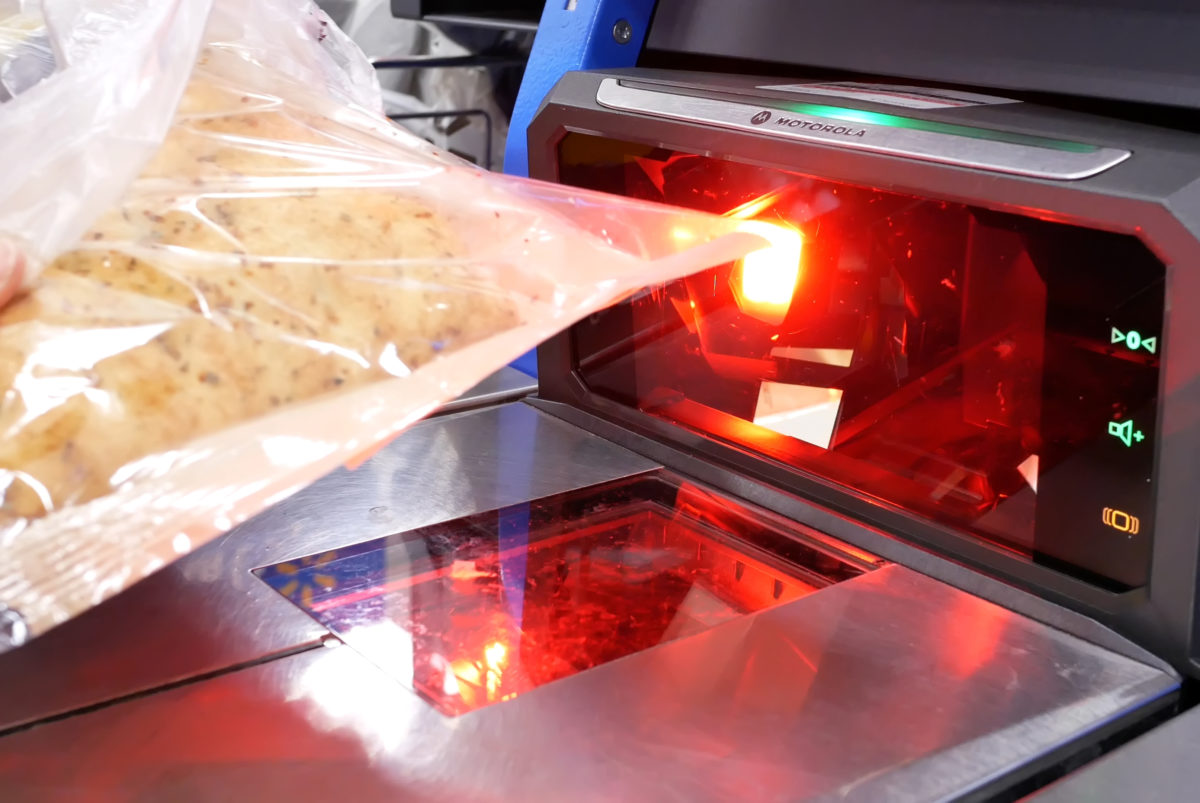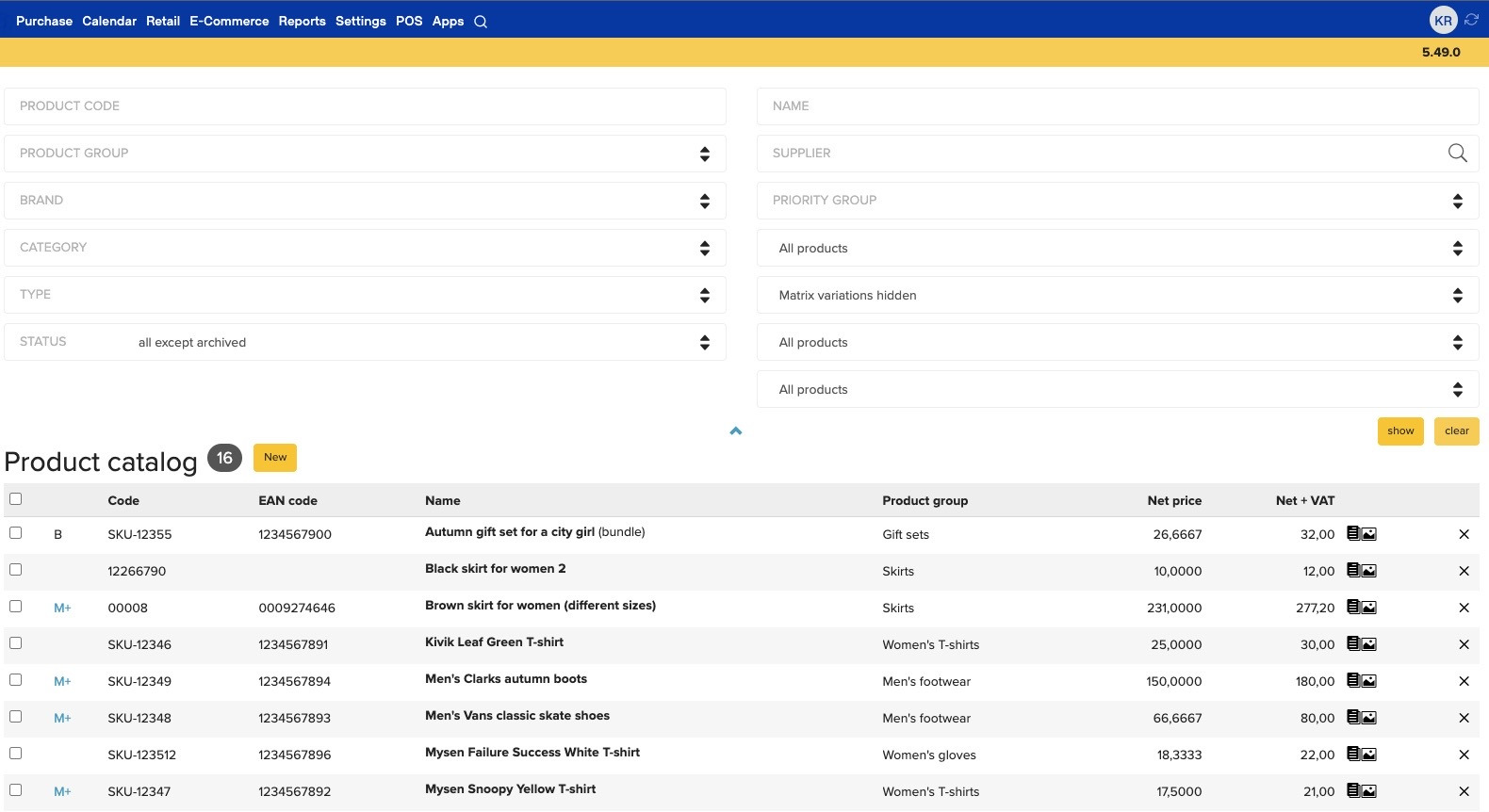Fears and Opposition
The self-checkout has also faced a bumpy road to success, and not only in the 1980s, but even now, nearly four decades later. This is primarily caused by the customers’ fear of the unknown and the merchants’ opposition (large administrative expenses and risk of theft).
A survey conducted by Dalhousie University in Canada in 2018 revealed that only 11% of shoppers regularly use self-checkouts. People were afraid that something would go wrong and they’d be required to wait a long time; that you can’t scan items and take care of a baby at the same time; that the technical innovation will rob service clerks of their jobs; that it is inherently unacceptable that the buyer has to do the service clerk’s job without getting anything in return.
The organizers of the survey believe that the lukewarm interest is caused by average tech. On the one hand, the system is prone to errors and there’s nothing that shoppers hate more than the annoying “Unexpected item in the bagging area” prompt. On the other hand, it’s easy to accidentally miss an item and get into unwanted trouble at the store.

Granted, the technology was pretty helpless when it first appeared. NCR admitted on the 20th anniversary of the self-service checkout that the engineers of the 1980s and 1990s were primarily concentrated on the technical solutions and not so much on creating a pleasant purchase experience. The first self-service checkouts imitated the logic of an atm and were vastly different from contemporary devices. It’s no wonder then that customers didn’t like the self-service checkouts!
The first self-service checkouts were also far less able to deal with theft than their contemporary counterparts. According to the National Retail Foundation’s (NRF) magazine Stores, a survey by Leicester University in the United Kingdom revealed that customers that use self-service checkouts regularly fail to scan items. The survey monitored one million buyers who scanned six million items; 850,000 of the six million items, i.e. one-seventh of all purchases, were not scanned. Considering the low margins in retail, this amounts to a significant loss for the merchant.
Many of the one-seventh of unscanned items can be attributed to error but others are not scanned intentionally. It is speculated that a self-service checkout machine urges even those people to steal who would otherwise never consider it. On the other hand, it’s quite difficult for the merchant to determine whether the error was accidental or intentional. A buyer who accidentally failed to scan an item once might do it intentionally in the future. There are a number of schemes used to outwit self-service checkouts but nothing can beat a man who tried to “buy” a $984 plasma TV from Walmart in 2007 by sticking a $4.88 DVD price tag on it.
Stoplift Checkout Vision Systems, that provides security camera solutions claimed in 2012 that stores with self-service checkouts experience five times more shoplifting than stores with service clerks.
Self-Checkouts on the Brink of a Breakthrough
The Global EPOS and Self-Checkout 2018 questionnaire conducted by survey company RPB revealed that 2016 and 2017 were the years that saw a breakthrough in the spread of self-service checkouts. American retail giants Walmart and Kroger adopted new systems and replaced old ones. A whopping 63,000 self-checkouts were introduced in 2017, half of these in the US.
A number of trends support the adoption of self-service checkouts. Minimum wage limits have increased in several Canadian provinces in recent years, also increasing labor costs and motivating many Canadian retail chains to adopt self-checkouts. In Japan, it’s the increasing labor shortage that has urged store chains to invest in self-checkouts. Lidl is experimenting with self-service checkouts in France, as are Dollarama in Canada and Poundland in the UK. By 2017, the number of stores with self-checkouts had risen to 450 even in the relatively conservative Germany. Just two years prior, the number fell short of 300. Pilot projects have also been introduced in Brazil and China, with the number of self-service checkouts tripling in those countries.
Pilot projects that allow customers to scan items using a smartphone are also on the rise; however, in 2018 Walmart hit the breaks on their Scan and Go smartphone pilot project that included one hundred stores. Carrefour in Poland is also testing out a smartphone based Scan&Go system in their thirty stores. New markets are consistently joining the trend – for example, a similar pilot project has been introduced in Indonesian stores.
The top-ranking manufacturer that holds a whopping 61% of the market is NCR, followed by Toshiba (21%) and Diebold Nixdorf (7%). These are followed by Fujitsu, Digi, etc.
RBR boldly forecasts that the number of self-checkouts used globally will reach 450,000 by 2023. Most forecasts haven’t come true, as the growth has so far been slower than anticipated. Maybe now is the time the self-service checkout truly reaches the masses?






